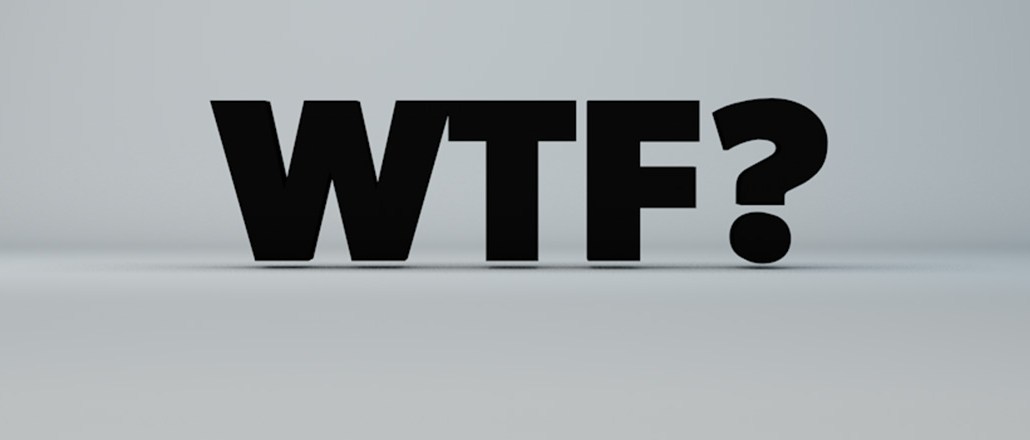
This article is a WTF explainer, in which we break down media and marketing’s most confusing terms. More from the series →
Ad tech is a constantly evolving beast. And the words that describe the various programmatic trading methods are changing right along with it. That means there are always new terms to learn. Look no further than programmatic guaranteed, a different flavor of programmatic trading that was properly introduced to the market last year.
And yet, as with all things ad tech-related, there are still many people “trying to blind each other with science,” as one ad tech vendor exec succinctly put it. The result: confusion. And that’s partly why the term is being used interchangeably with “automated guaranteed,” a totally different but complementary method of trading programmatically.
Here’s a refresh:
WTF is programmatic guaranteed?
“Programmatic guaranteed is a new model that enables a programmatic buyer to device ID or cookie match an audience with a publisher and pre-agree to buy at a fixed price so long as the publisher sends the correct ID on their bid request via supply-side platform or exchange,” said Paul Gubbins, independent ad tech consultant.
How exactly?
It lets an agency sync up its data-management platform to a publisher’s DMP to match the right target audience. Programmatic guaranteed is a method that lets ad buyers access specific publisher audiences they want to target for a campaign at a much larger scale and on a more automated basis than walled-off private marketplaces allow. Meanwhile, publishers are guaranteed a certain level of commitment from the buyer on pricing.
Where does this fit in with automated guaranteed?
Automated guaranteed is totally different, and essentially just the replacing of the former manual way of booking media with an automated process. Automated guaranteed and private marketplaces come under the umbrella term “programmatic direct.”
But the terms are getting mixed up?
Yes, they’re being used interchangeably. But they’re totally separate methods.
I’ve also heard the term “real-time programmatic guaranteed?”
Same thing. Different product name.
So why is it necessary?
The genesis of programmatic guaranteed is largely due to an increasingly widespread frustration with private marketplaces on both the publisher and ad buyer side. Private marketplaces are a good idea in theory, but the reality is they don’t guarantee that the ad buyer can get enough volume of impressions or even the exact target audience they want, according to Andrew Buckman, managing director for Europe at OpenX.
Who is pushing it?
Typically, it’s more the publisher side pushing for it, because they’re the ones most frustrated with PMPs. “They also want to make it easier for agencies to spend with them, and agencies can get just as frustrated with PMPs because they can often find that none of the users they want to target are in the right PMP, because they’re relying on someone else’s data sets,” added Buckman. Plus, it’s a very manual process.
How so?
There are all sorts of boring, manual admin hoops you have to jump through if you want to book a PMP deal. “It’s often also done by 20-year-olds with Excel spreadsheets, so there can be lots of mistakes,” said Buckman. Whereas with programmatic direct, an agency can synchronize its DMP with the publisher’s until it finds the right audience. And it’s all done in a brand-safe way, so there is no concern over ad misplacement you might get on an open exchange.
But at better scale?
That’s right. Programmatic guaranteed is like the automation of the concept of PMPs. But it obviates the need for a publisher to have hundreds of separate PMPs, which is complex and messy for the buyer (and doesn’t necessarily have the required target audience of say, 25- to 35-year-old males in the Greater Manchester area who are interested in Barbados as a holiday destination).
Does that mean PMPs are on the wane?
Could be, though they’re still pretty common for now.
So, what’s the catch?
Programmatic guaranteed can be technically tough to implement, a bit like header bidding. Aligning a publisher’s DMP with an agency DMP isn’t an easy task. “That’s one of the thorns to the rose.”
Download Digiday’s complete WTF Programmatic guide, including 11 explainers detailing the ins and outs of programmatic advertising.
More in Media

Why some publishers aren’t ready to monetize generative AI chatbots with ads yet
Monetization of generative AI chatbot experiences is slow going. Some publishing execs said they’re not ready to add advertising to these products until they scale or can build a subscription model first.

Media Briefing: Publishers who bet on events and franchises this year are reaping the rewards
Tentpole events and franchises are helping publishers lock in advertising revenue.

With Firefly Image 3, Adobe aims to integrate more AI tools for various apps
New tools let people make images in seconds, create image backgrounds, replacing parts of an image and use reference images to create with AI.








